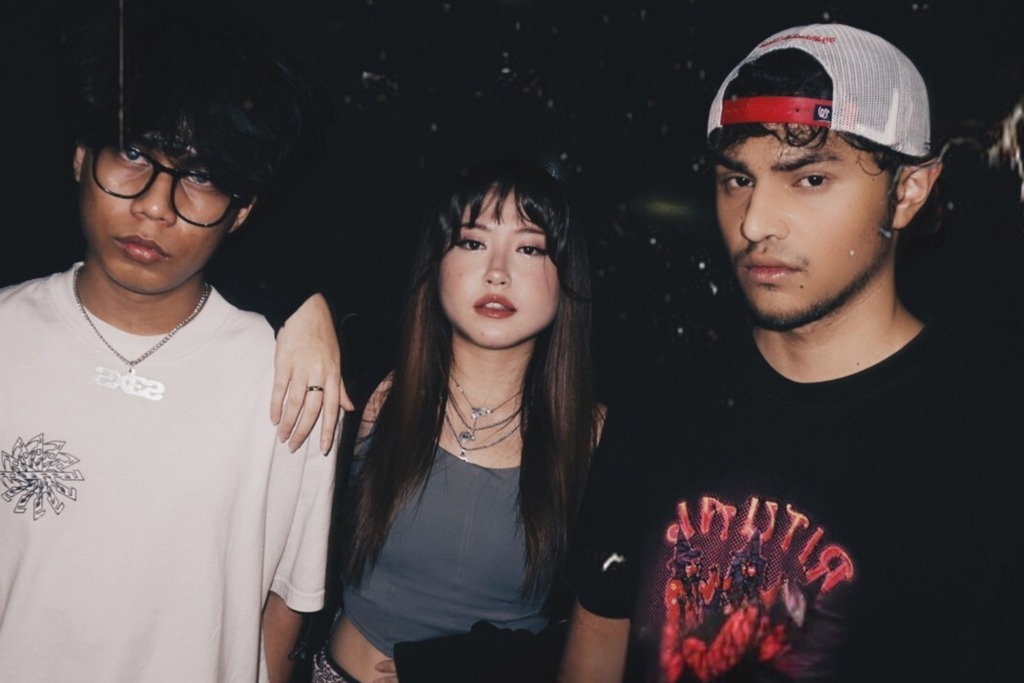Indonesia’s music scene is vibrant, diverse, and constantly evolving. From traditional rhythms to modern beats that dominate social media, Indonesian music offers something for everyone. Whether you’re just starting out or looking to dive deeper, this guide will walk you through the most popular genres, from dangdut to indie pop and more.
1. Dangdut: A Pillar of the Indonesian Music Scene
Dangdut is one of Indonesia’s most iconic and beloved genres. Born in the 1970s, it blends Malay, Indian, Arabic, and Western influences, creating a funky beat and dramatic melodies. Its emotional lyrics often tell stories of love, heartbreak and everyday struggles.
Legendary figures like Rhoma Irama and Elvy Sukaesih built the foundation, and today, stars like Via Vallen and Happy Asmara are giving dangdut a fresh pop twist.
Interestingly, dangdut shares a lot of energy and rhythm with the Filipino dance genre Budots, known for its fast beats and viral appeal. Both genres are highly danceable, heavily remixed online, and loved by the working class for their fun, relatable vibe.
2. Pop Indonesia: Mainstream and Emotional
Pop music in Indonesia is known for catchy melodies, and heartfelt lyrics about love, heartbreak, and everyday life. Artists like Raisa, Afgan, and Noah have made pop a central part of Indonesian culture.
In recent years, TikTok has reshaped pop’s sound and reach. Many tracks now go viral as “lagu JJ” (Jedag Jedug) – songs with powerful drops, fast cuts, and heavy bass, often used in high-impact edits. One of the most trending artists today is Tenxi, known for his dramatic, remix-friendly tracks.
You’ll also find songs featured in “velocity edits”, where slow motion is combined with zoom-ins and beat drops, and the quirky but viral “Stecu-Stecu” remixes – a meme-like trend using distorted vocals and beat layering for comedic or chaotic effects.
3. Rock & Alternative: Loud and Expressive
Indonesia’s rock scene dates back to bands like Slank, God Bless, and Boomerang. Their music was raw, expressive, and often carried political or social messages.
Later bands like Sheila On 7, Nidji, and Letto brought a more emotional, melodic style that still resonates today, especially with fans who grew up in the early 2000s
4. Indie Pop & Folk: Poetic and Experimental
Indonesia’s indie scene is thriving, especially in cities like Jakarta, Bandung, and Yogyakarta. Indie artists usually embrace creative freedom, writing personal lyrics and exploring unique sounds. They often start small, gaining fans by performing at local music festivals, open mics, pentas seni (school art stages), and free gigs.
This humble beginnings helps them build strong followings, even without major label support. Social media and streaming platforms then amplify their reach.
Popular names include:
- Reality Club: modern rock with introspective lyrics
- White Shoes & The Couples Company: vintage pop with jazz and folk flair
Solo acts like Sal Priadi, Hindia, Pamungkas, and Ardhito Pramono, whose poetic lyrics and chill instrumentals resonate deeply with young audiences.
5. Hip Hop & R&B: New Voices in the Indonesian Music Scene
Indonesian hip hop began gaining traction in the early 2000s with artists like Saykoji. Since then, it’s evolved into a genre with global appeal.
International stars like Rich Brian brought Indonesian rap to the world stage, while local artists like Ramengvrl, Basboi, and Tuan Tigabelas continue to break boundaries with their style and message.
R&B acts like Pamungkas, Teddy Adhitya, and Ardhito Pramono blend soul, pop, and jazz with a modern, laid-back feel that resonates across generations.
Indonesia’s music scene is a vibrant blend of culture, creativity, and community. Whether you’re dancing, crying to an indie ballad, vibing to a JJ remix, or cheering on local talent at a free gig, music here is not just sound, it’s an expression.
So plug in, press play, and explore the soundscape of Indonesia – from the streets to the screen, and from the heart to the charts.
Sources: Kumparan, Rolling Stone Indonesia, The Jakarta Post. Featured Image.


